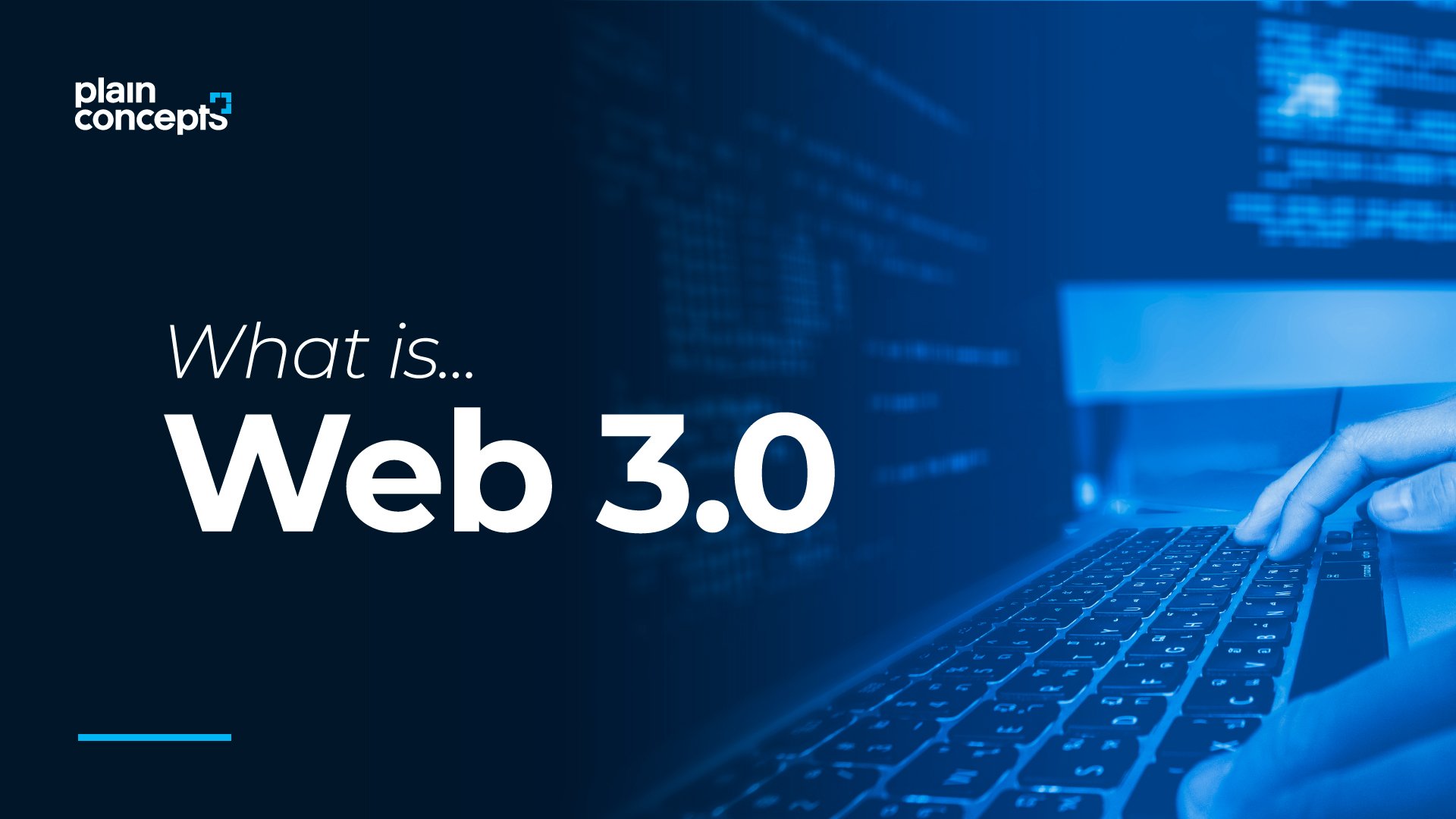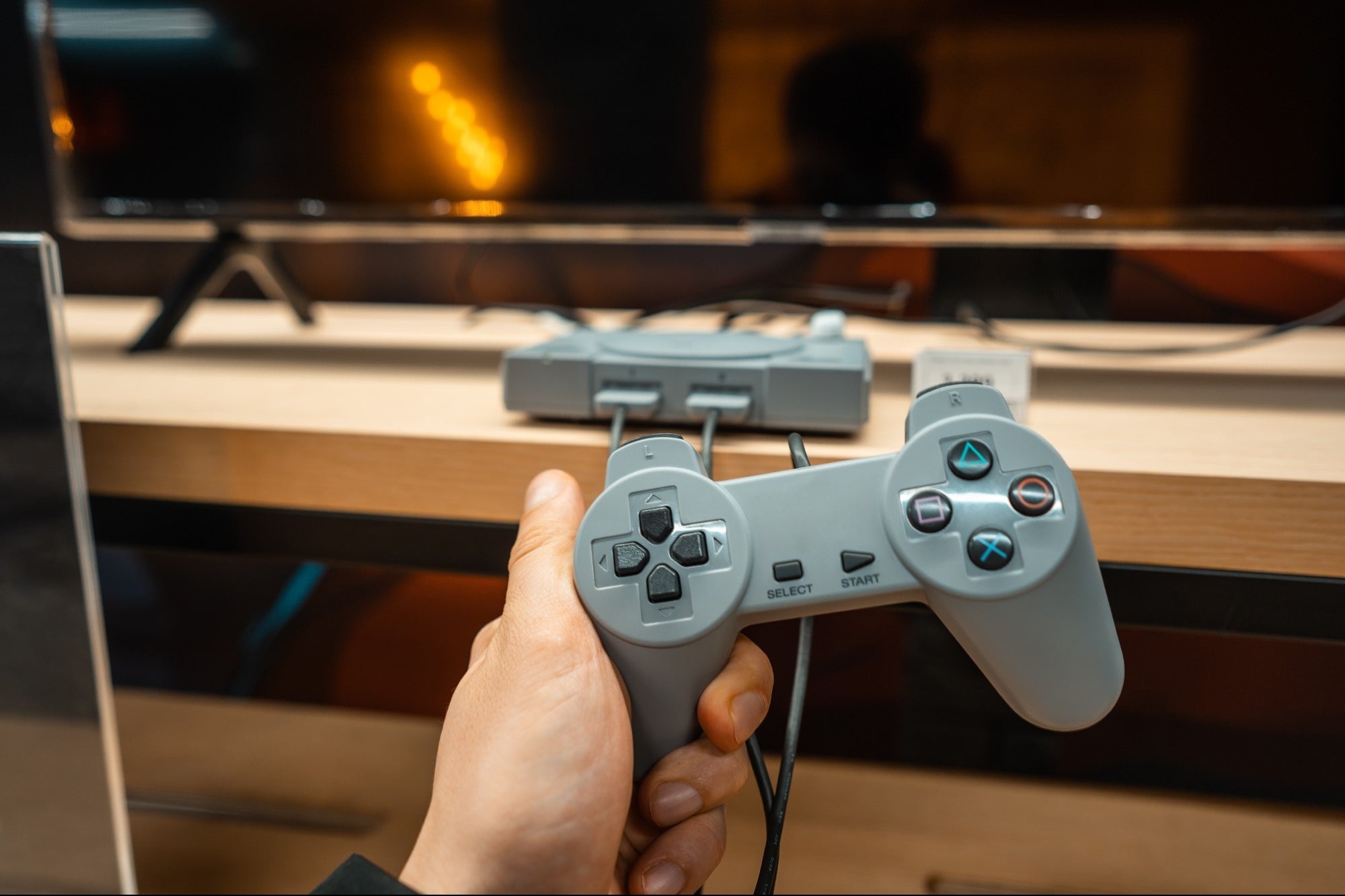
Last week, PlayStation guru Mark Cerny gave us some details on what to expect for Sony’s next-generation console. The stats were enticing — an eight-core CPU, SSD storage as standard, and a 7nm SoC out of the gate all imply that Sony will put position itself aggressively to challenge Microsoft for performance leadership (Sony’s PlayStation 4 held the performance crown against the Xbox One in the vast majority of games up to the launch of the Xbox One X).
Somehow, this disclosure got a little twisted out of the gate. Wired UK has run a piecewith multiple puzzling statements in it. To quote:
From what Cerny has detailed, it will need to be a 7nm 8-core Ryzen CPU that supports ray-tracing, is 8K compatible and works with the AMD Navi 20 GPU. This suggests that Sony is using the AMD Ryzen 3600G, unveiled at CES 2019. By the second half of 2019, says Smithers, this CPU should be retailing between $180 and $220 per unit — just the right amount for a US$399 console.
Literally everything in this paragraph is somewhere between confused and wrong. No disrespect to Wired intended — it’s a good publication and everyone makes mistakes — but this just isn’t true.
It’s odd to refer to CPUs as “supporting ray tracing” or being “8K compatible,” but you could read both statements as a vague reference to computational capability. This accounts for the “confused” portion of the paragraph. As for the wrong:
- AMD did not announce or unveil the Ryzen 3600G at CES 2019.
- AMD wouldn’t call it the “Ryzen 3600G” in the first place.
- AMD isn’t charging $199 for the nonexistent Ryzen 3600G.
- $199 is almost certainly too much for just the console APU.
Wired’s interpretation of Cerny’s comments seems to be a mash-up of incorrect rumors and a poor understanding of how console margins and pricing works.

The rumor of a Ryzen 5 3600G started here. It’s wrong — as we’ve discussed on twoseparate occasions, this chart does not represent the products AMD will bring to market. But it’s also wrong to claim this sort of chip would end up in the PS5.
AMD’s desktop APUs use dual-channel DDR4 memory. While we once hoped for a GDDR5 or HBM-powered APU, there’s no such project in development to the best of our knowledge — HBM costs have never come down enough for the technology to be used in low-cost chips and the only integrated solution with HBM is Intel’s Kaby Lake-powered Hades Canyon, which sells for much higher prices than any AMD APU.
The APUs used in the PS4/Xbox One families rely on AMD IP, but they don’t use the same hardware configuration as any of the products AMD sells into the PC market. This is by design. Neither Sony nor Microsoft is interested in competing against its own hardware supplier, and console manufacturers typically pay upfront SoC development costs. The price for having somebody else pay you to build a product is accepting some restrictions in how you sell it.
Any PS5/Xbox Next APU is going to use an advanced type of memory — GDDR5, GDDR5X, GDDR6, and HBM2 are all potential contenders, with HBM2 or GDDR6 the overwhelming favorites. Dual-channel DDR4 is not.
A Matter of Cost
Sony is highly unlikely to pay $199 for the APU inside a $400 console. Both of those numbers are important.
The bill of materials on the PS4![]() at launch revealed that the console and 8GB of DRAM together were $188 of the $400 price. The APU was $100, the DRAM was $88. It’s possible that these two components will account for a larger fraction of the PS5’s total price, but there’s no way that Sony is going to dedicate $200 of its supposed $400 to just the APU. It doesn’t leave enough cash for everything else.
at launch revealed that the console and 8GB of DRAM together were $188 of the $400 price. The APU was $100, the DRAM was $88. It’s possible that these two components will account for a larger fraction of the PS5’s total price, but there’s no way that Sony is going to dedicate $200 of its supposed $400 to just the APU. It doesn’t leave enough cash for everything else.

BOM by IHS
The biggest cost difference between the PS3 and PS4, by far, was the 10x higher cost of RAM, not the modestly higher CPU+GPU price. Sony is highly unlikely to return to selling consoles at a loss (that policy was disastrously bad for revenue in the PS3 era) and putting a large SSD in the PS5 is going to take some cash of its own. If anything, squeezing the PS5 into the PS4’s pricing looks a little tight. If you look at the prices for other components between the PS3 and PS4, most of them didn’t decrease or decreased only slightly (the optical drive is the only exception to this).
The Wired article concludes that Sony will likely focus on the PS5’s “8K capability,” which, I’m sorry, but no it won’t. Yes, Japan intends to broadcast the 2020 Tokyo Olympics in 8K. The first 4K UHD broadcast was in 2008. Yet somehow — notwithstanding this empirical fact — broadcast TV and streaming are still anchored to 720p/1080p. The first 4K TV set went on sale in 2013; 4K sets are only expected to cross over 50 percent of total TV shipments this year, in 2019. 8K is expected to hold 0.2 percent market share this year.

No one is targeting 8K for the PlayStation 5 because there are no 8K TVs in market, there will be precious few 8K TVs in market by 2020, and therefore absolutely no point to attempting to launch an 8K streaming service that would suck down titanic amounts of network bandwidth. The video standard intended to be used for 8K, known as Versatile Video Coding, won’t be completed until 2020 at the earliest, which means hardware support won’t be ready until 2021 or 2022. That’s also really important because each generation of video codec has slashed bandwidth needs by 40-50 percent, allowing the resolution to scale upwards more easily. H.265/HEVC is ~50 percent more efficient than H.264; VCC is targeting 1.5x higher compression at the same quality level than HEVC. Like HEVC, it will require more horsepower to decode. Like HEVC, it’ll take a few years before we see hardware supporting it. There is no reason to believe 8K is on some sort of accelerated timeline for deployment compared with 4K.
The PS5 is not an 8K console. It might one day be updated to support 8K video decoding in software if Sony wants to go to the trouble. It may be technically possible to play games in 8K on the PS5, in much the same way that it’s technically possible to play them on the PC — all you need is an old enough game with modern resolution support or supersampled AA capability, and you can play, say, Quake 3 at an effective 8K today, with the final output scaled down to 1080p or 4K to fit the limits of your monitor. But we won’t see AAA games targeting this resolution on the standard PS5, and we won’t see a “Ryzen 3600G” in the PS5. We won’t see an 8K gaming service, either, at least not in the next year or two. Even if we did, absent VVC, most people in the US wouldn’t have the bandwidth to deliver the content. Streaming services are still struggling to deliver acceptable latency and performance with a 1080p stream. 8K is 16x more pixels. It may happen, but it’s not happening soon.
[“source=extremetech”]








